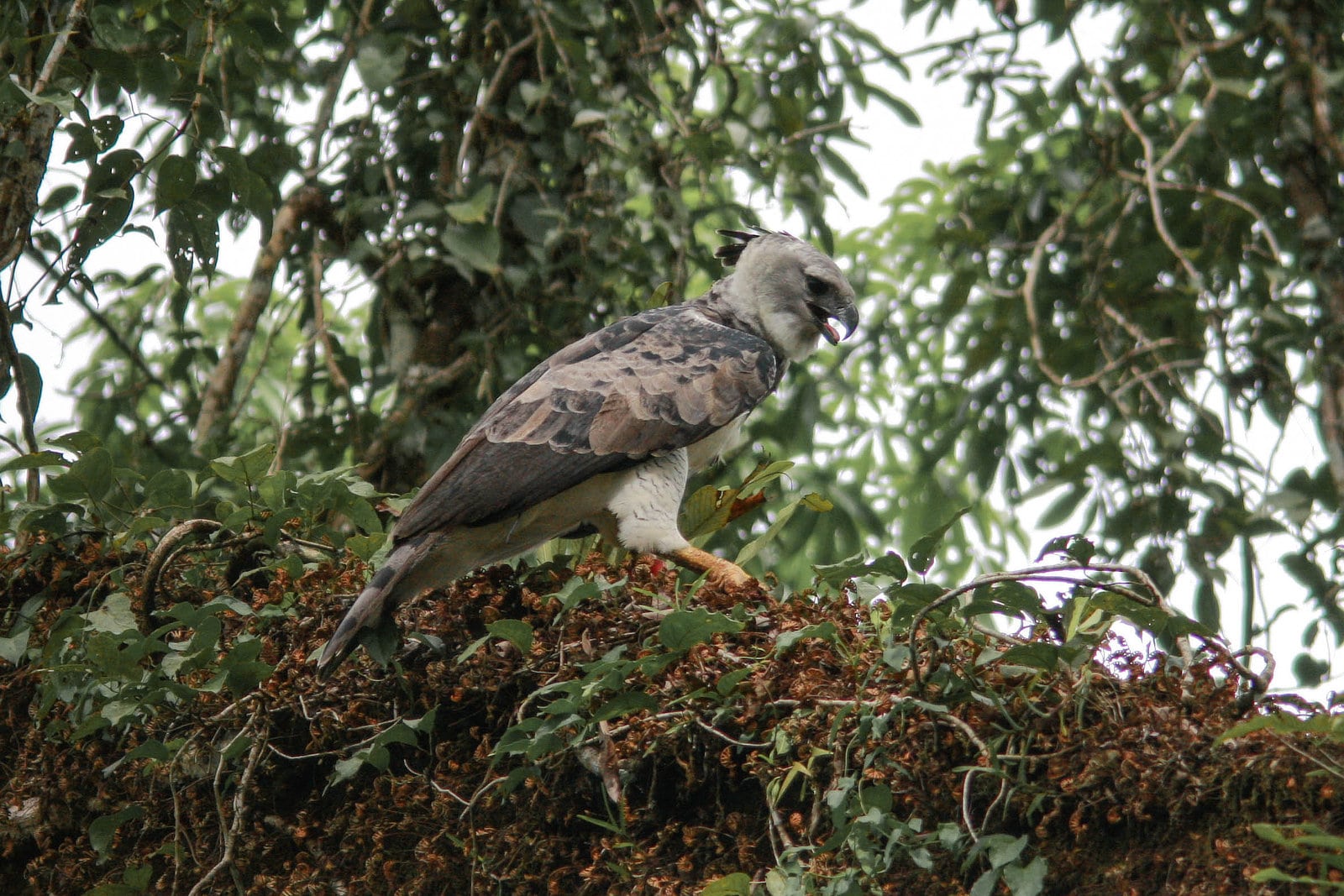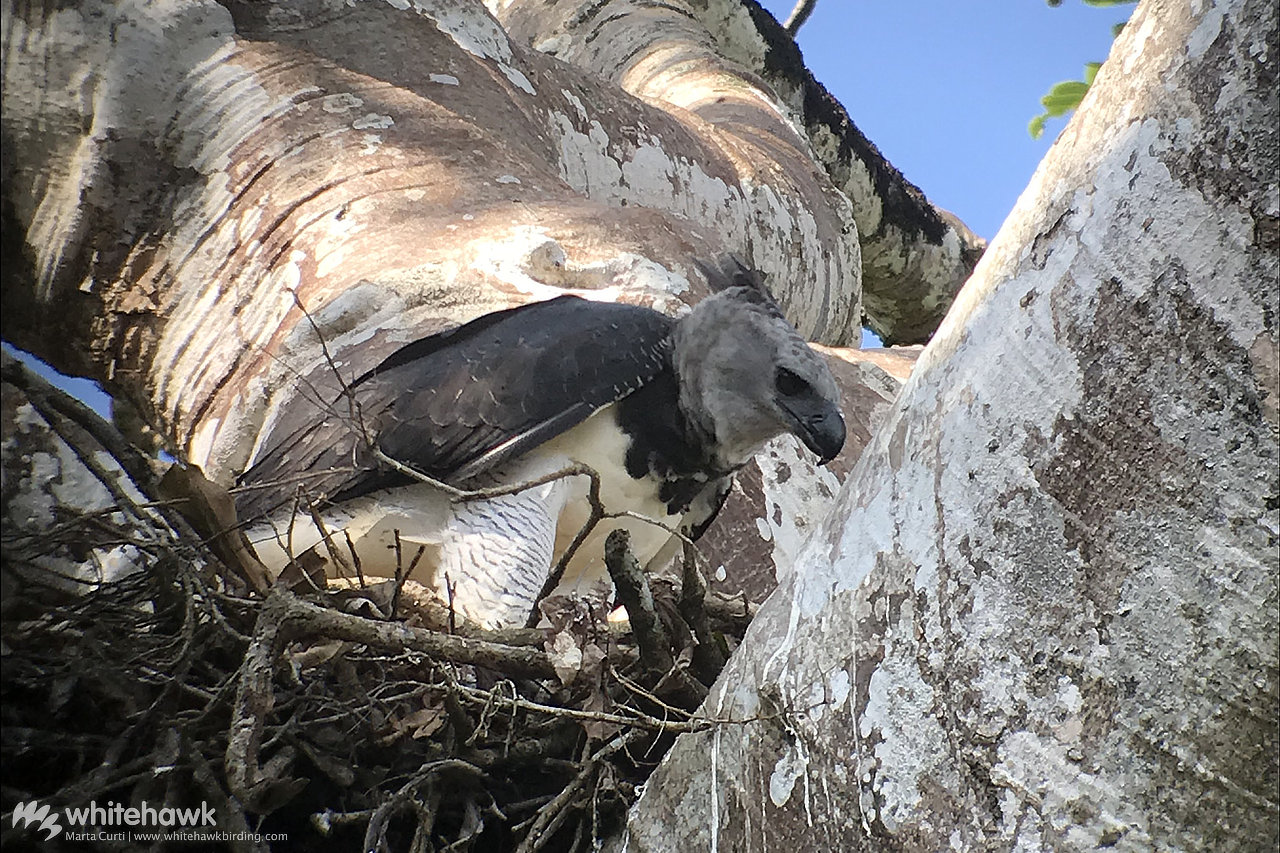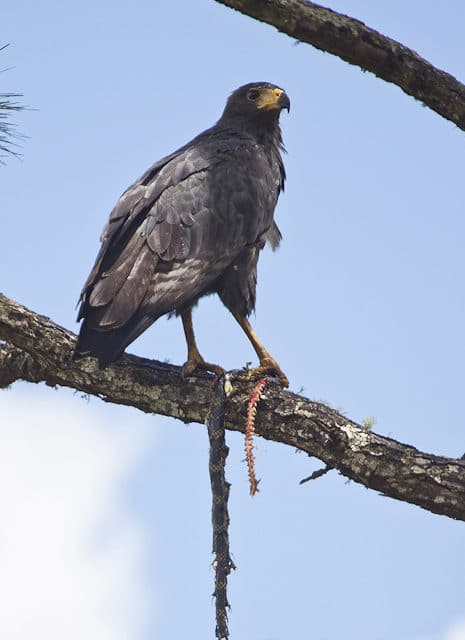Tag: Eagle
-

Size of Harpy Eagle and Natural History of a Top Predator in the Rainforest
The Harpy Eagle (Harpia harpyja) is considered to be the most powerful eagle in the world. Its thick tarsi (legs), strong toes, and sharp talons make this species a formidable predator. Historically found in rainforest habitats from southern Mexico to northern Argentina, the Harpy Eagle feeds on a number of different prey items. It prefers…
-

What do Harpy Eagles Eat?
It seems reasonable to assume that a bird measuring 3 feet tall from beak to tail, and has a 6-foot wingspan, legs the size of a human’s wrist, and talons the size of grizzly bear claws eats just about anything it wants to. And that is true, within reason, of course. Biologists throughout the Harpy…
-

Finding a Harpy Eagle: An Adventurous Excursion
Harpy Eagles live in the mature lowland rainforests of Central and South America. They prefer large areas of expansive, intact forest, especially when it comes to nesting. Despite having a huge wingspan of 2 meters, Harpy Eagles do not soar above the forest canopy; they are truly a bird of deep forest. They can stay…
-

Post-fledging behavior and prey of the Solitary Eagle
With just a few nests discovered to date, the Solitary Eagle (Harpyhaliaetus solitarius) is one of the least known birds of prey in the world. As such, there is very little information on the ecology and behavior of the Solitary Eagle at any stage in their lives. In 2009, our team of biologists was working…
-

The Solitary Eagle
The Solitary Eagle (Harpyhaliaetus solitarius) is one of the least known raptors in the Neotropics. In fact, prior to the Belize Raptor Research Institute’s (BRRI) 2011 discovery of an active nest for this species, only two other nests had been found. Both more than fifty years ago! Luckily, BRRI researchers discovered this nest before the…
